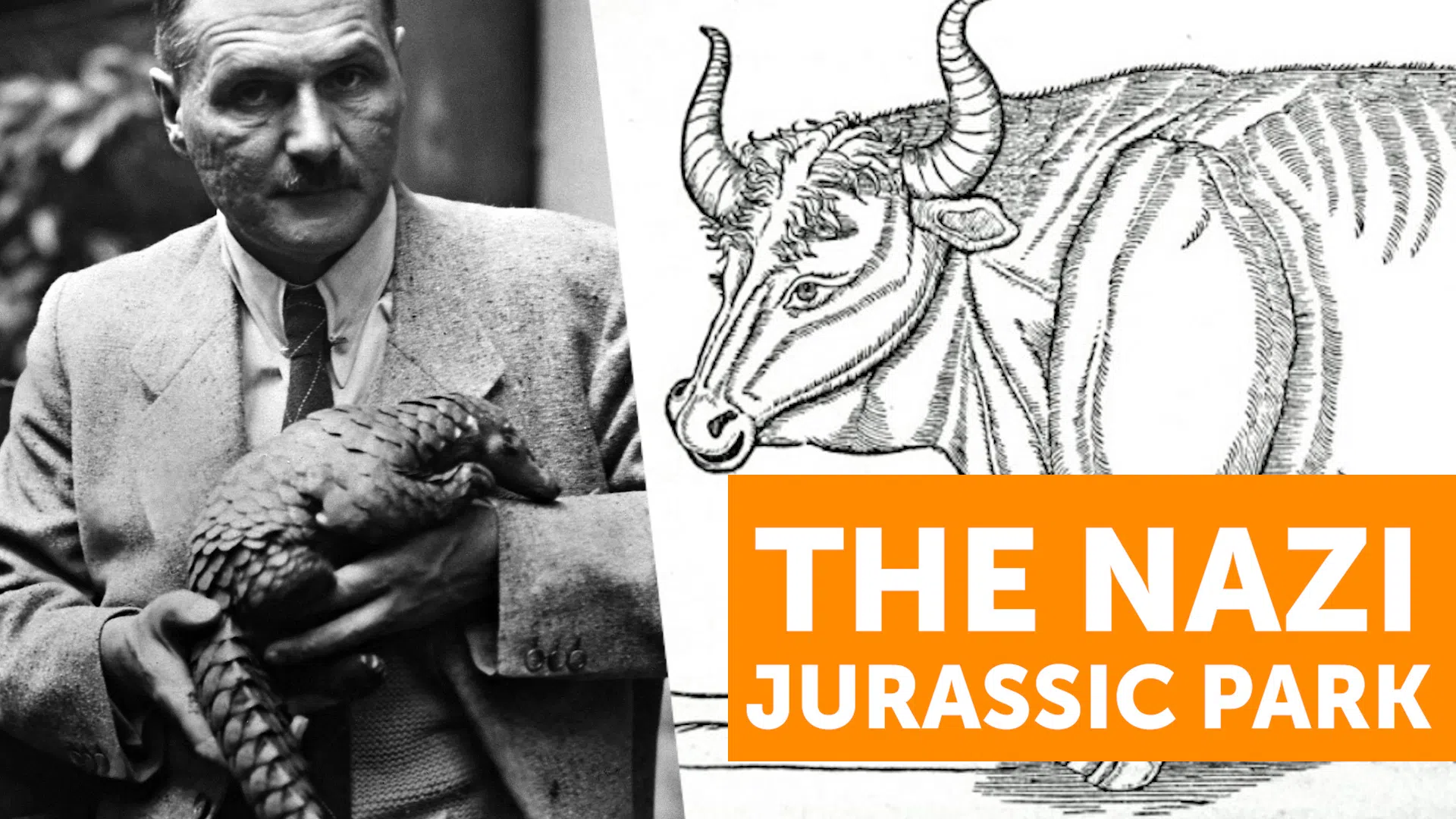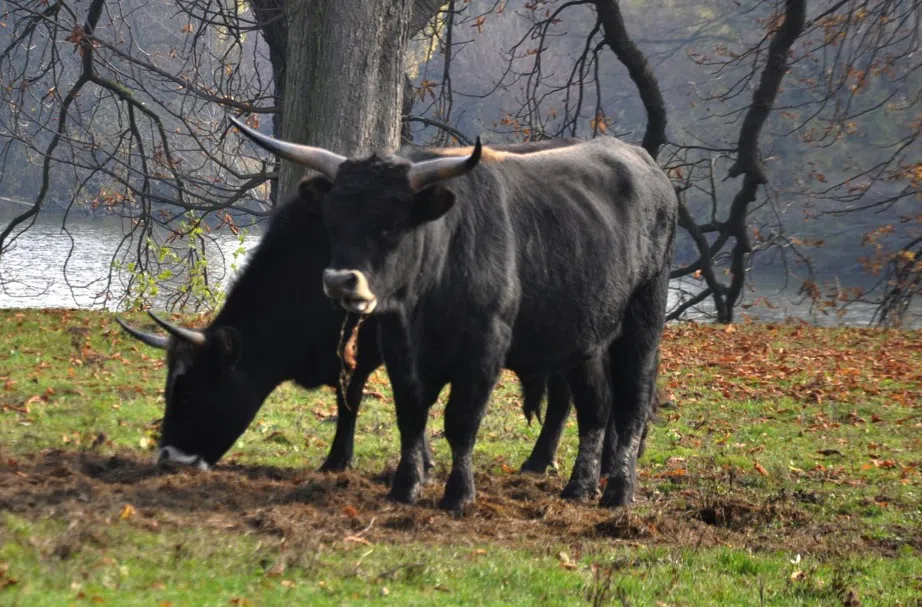The Nazis’ Attempt At Jurassic Park, Was It Possible?
Featured in Ripley's Believe It or Not!

Nazi Jurassic Park
Ever since the novel came out in 1990, and the movie of the same name debuted three years later, humanity has been awed by the sheer power and destructive forces of the dinosaurs in Jurassic Park.



